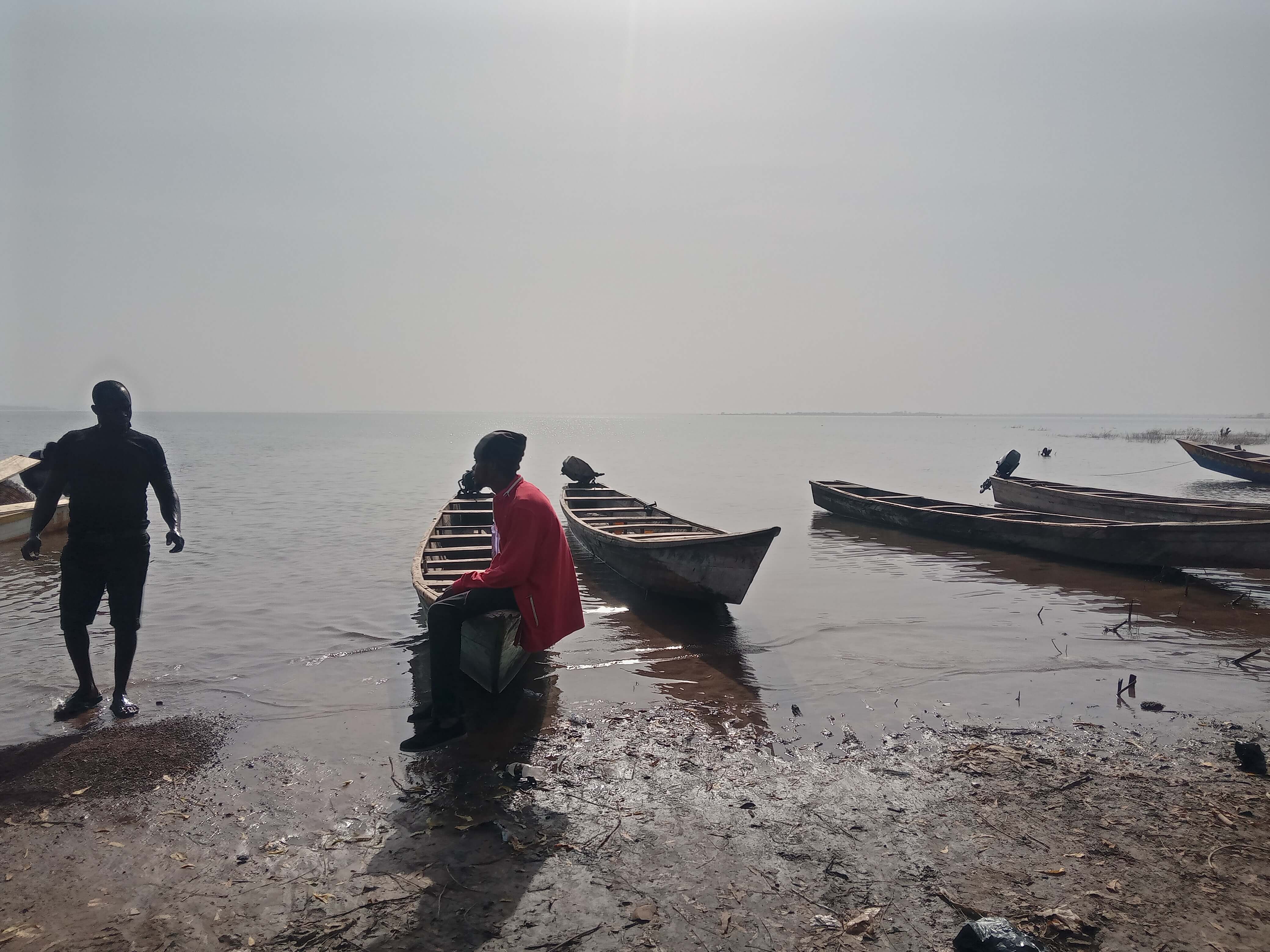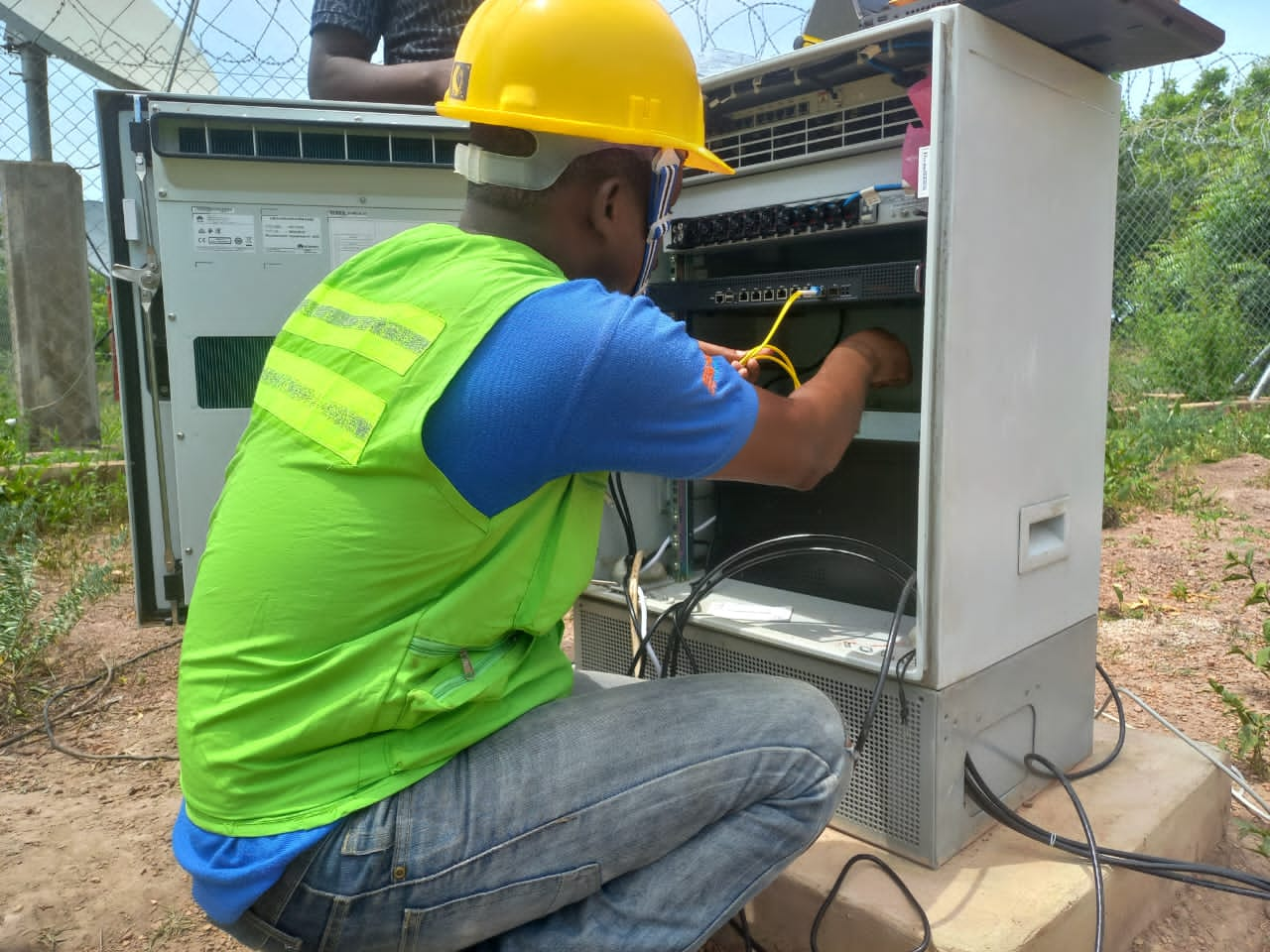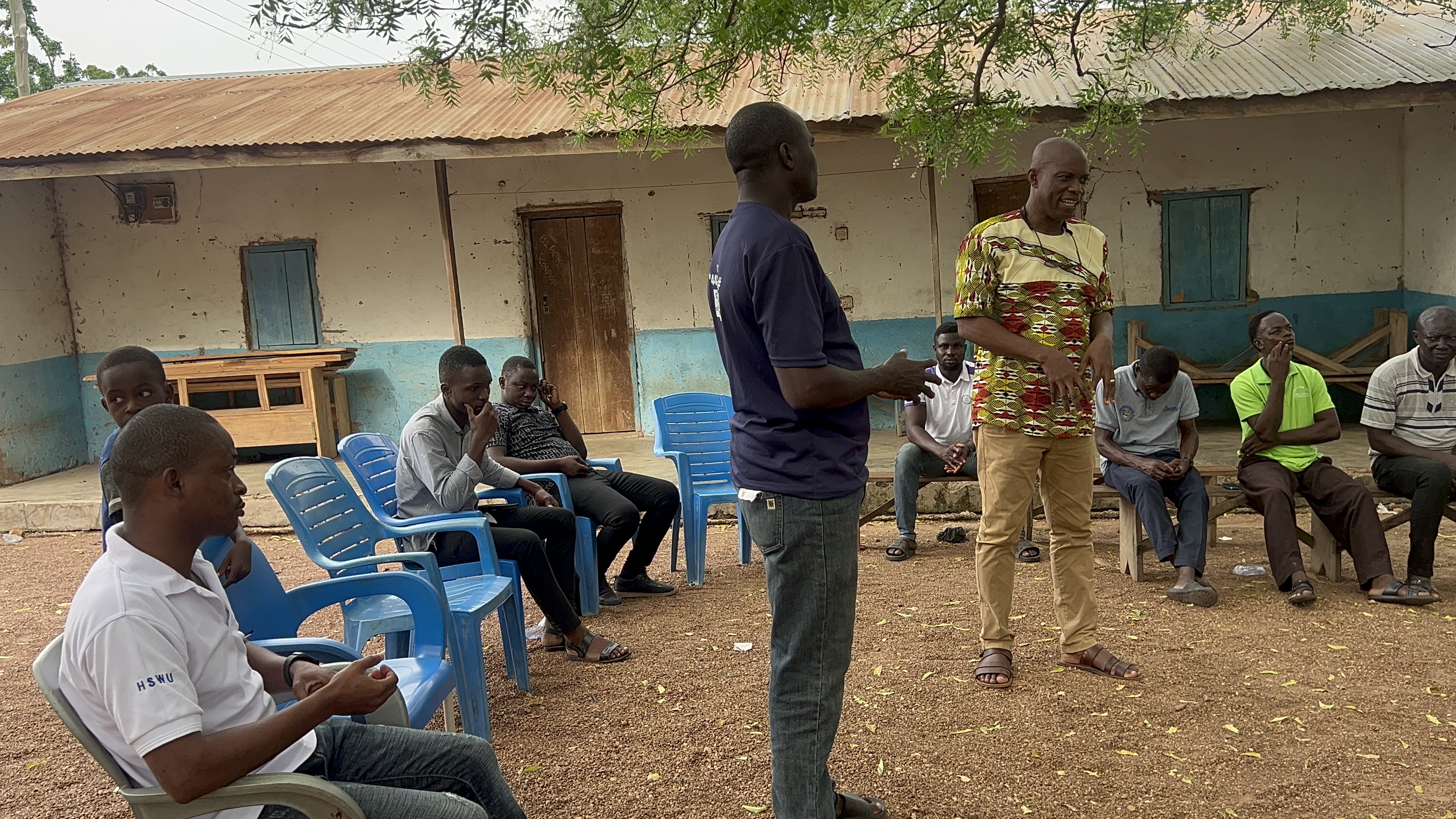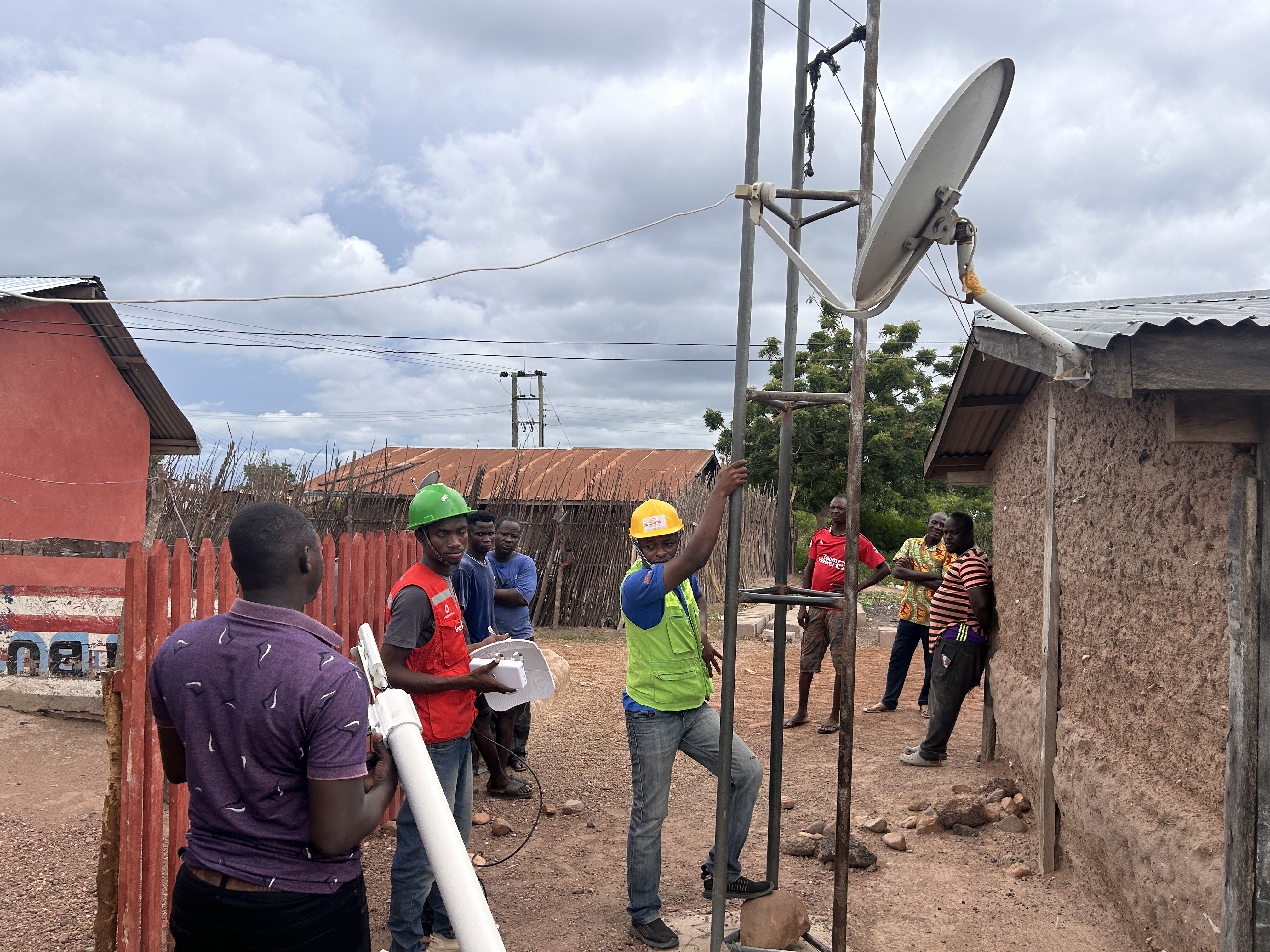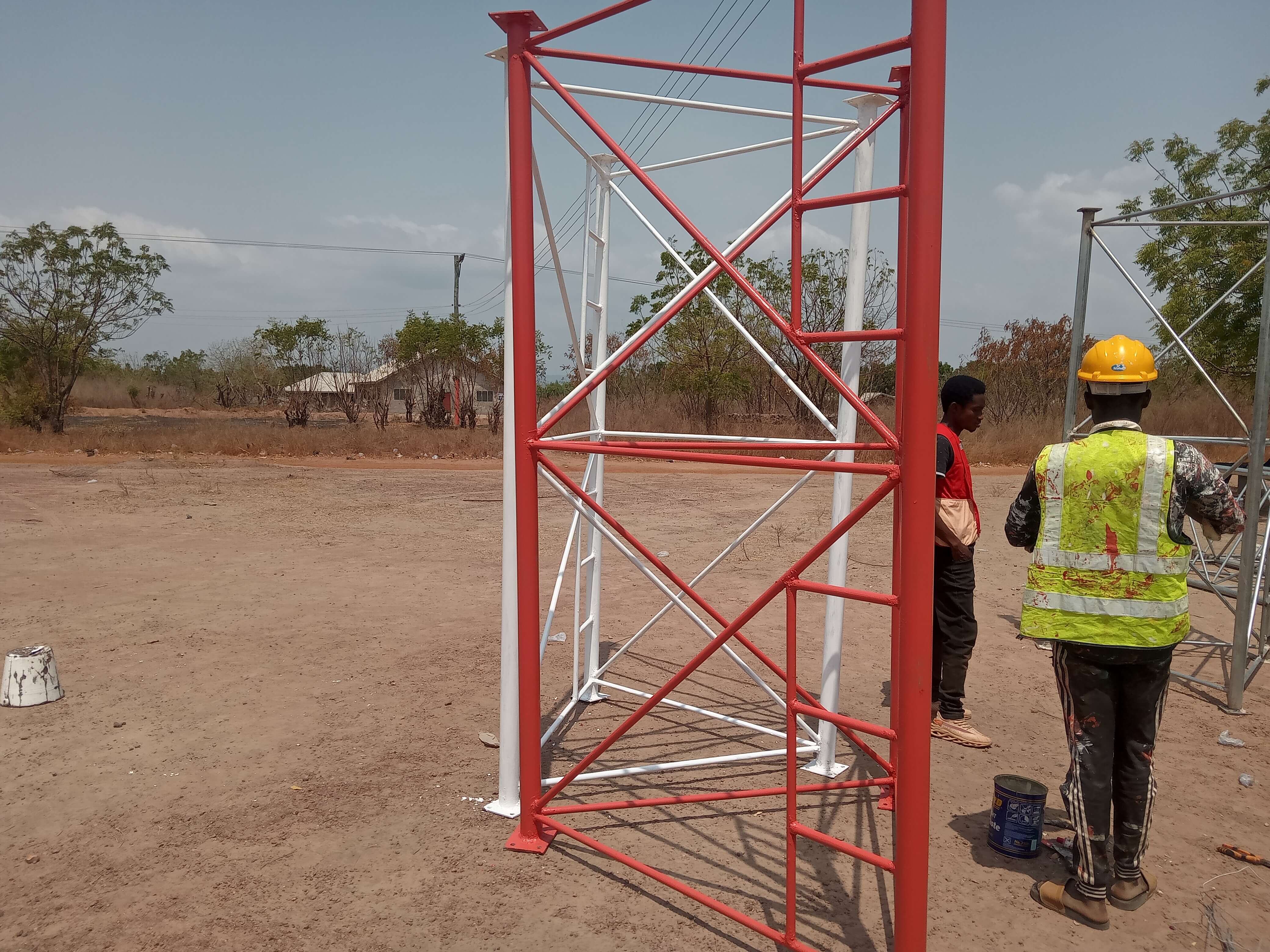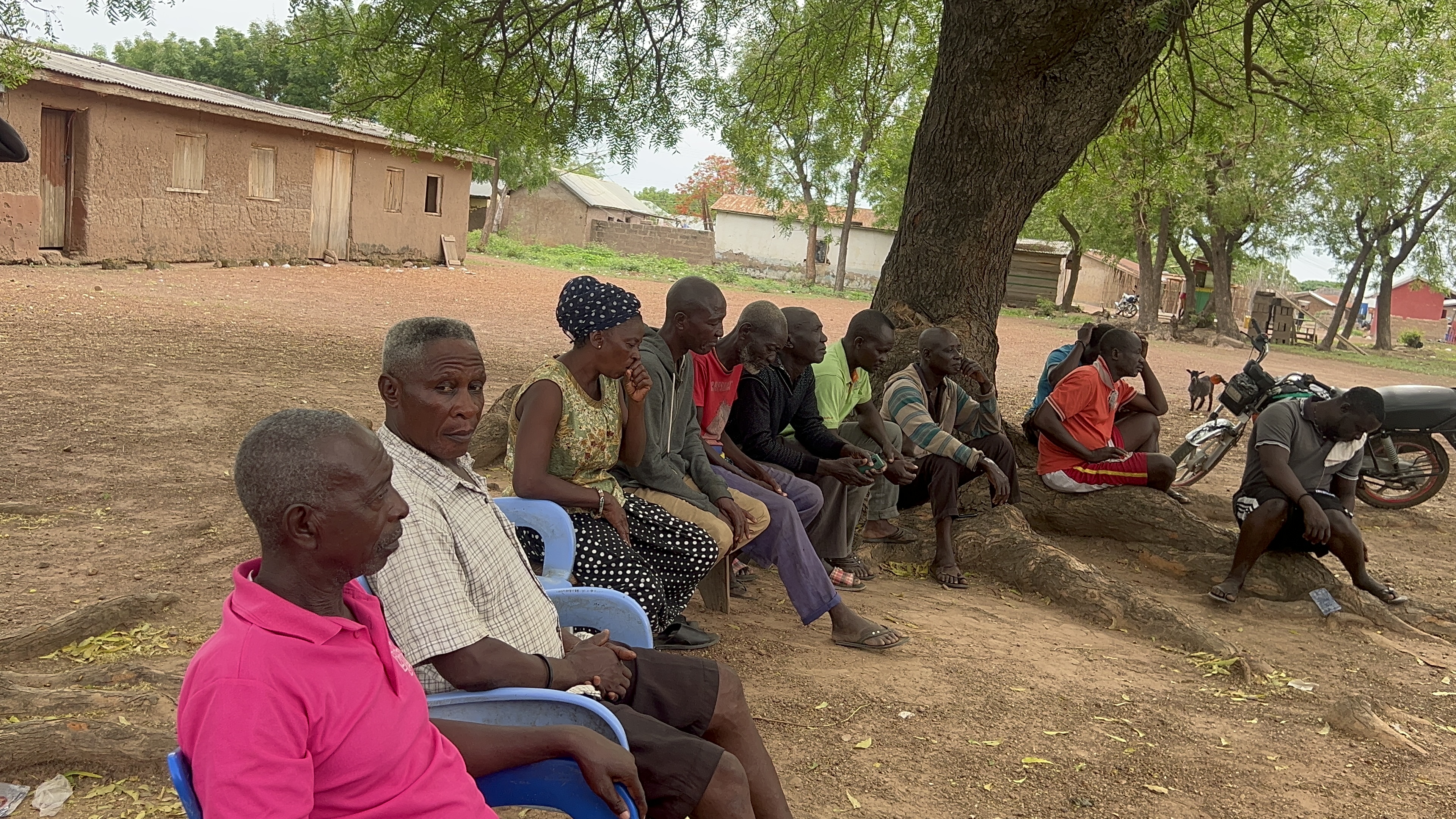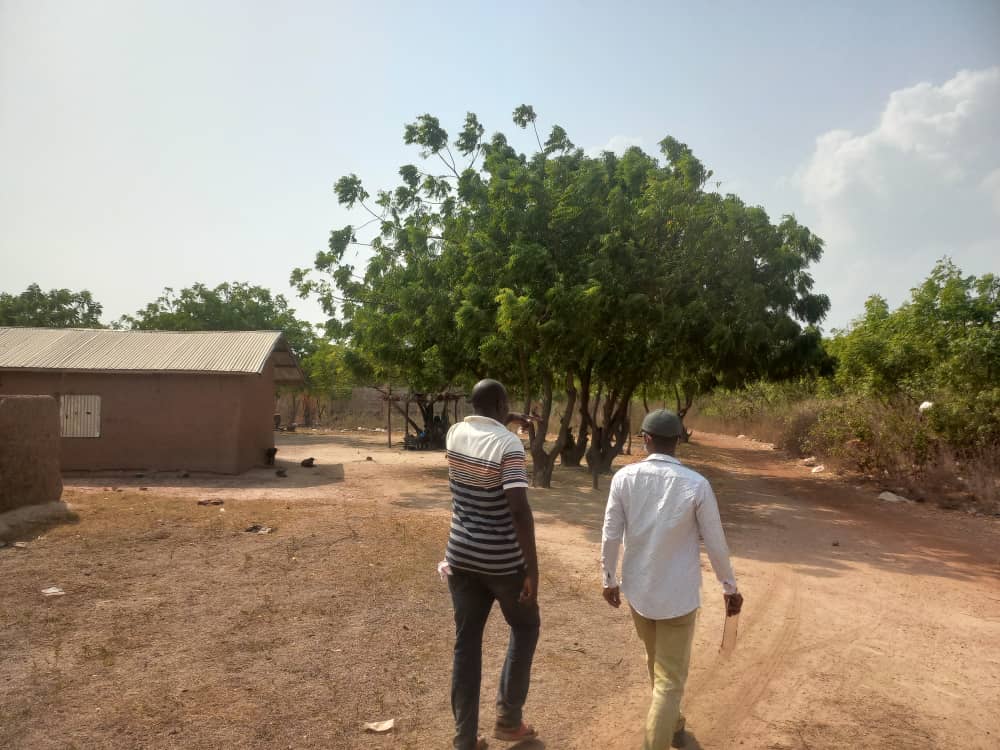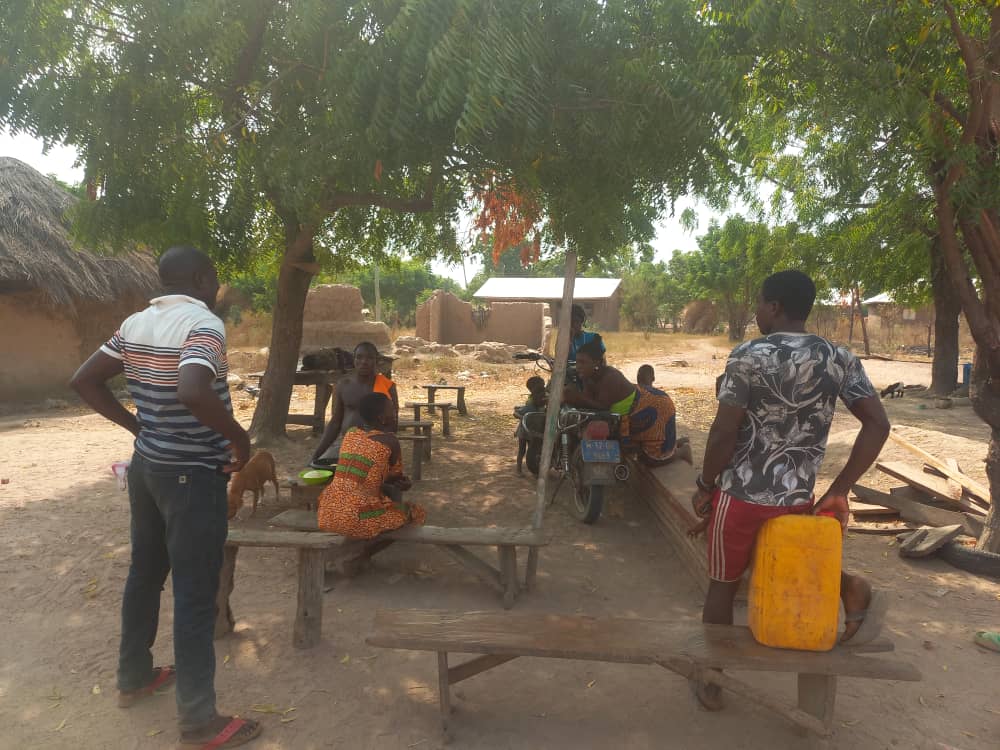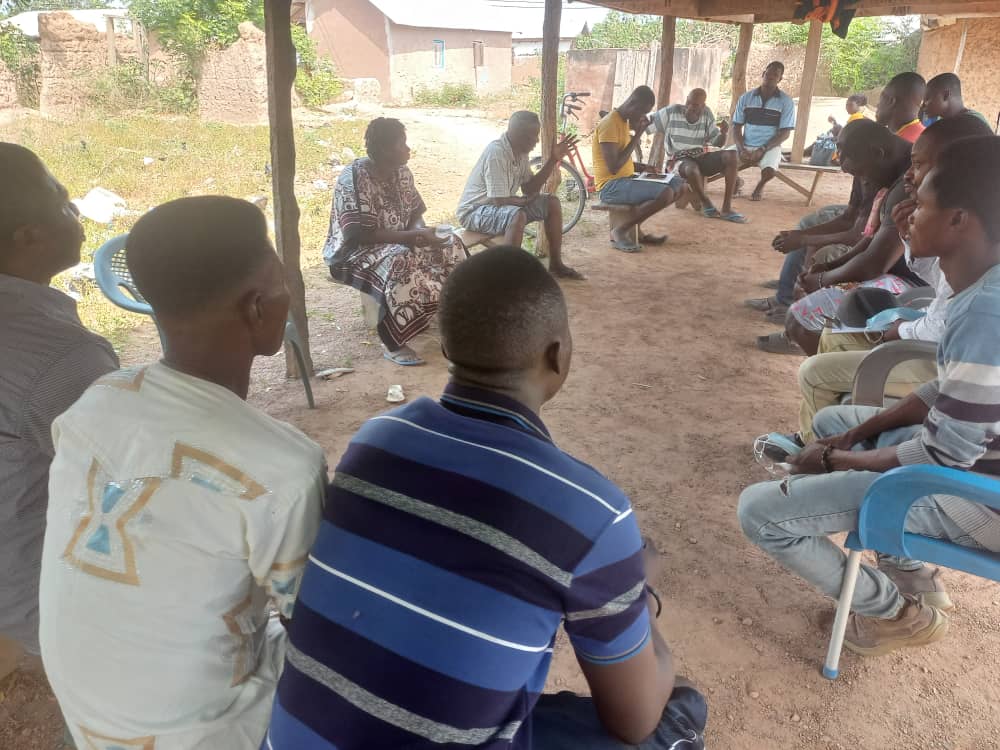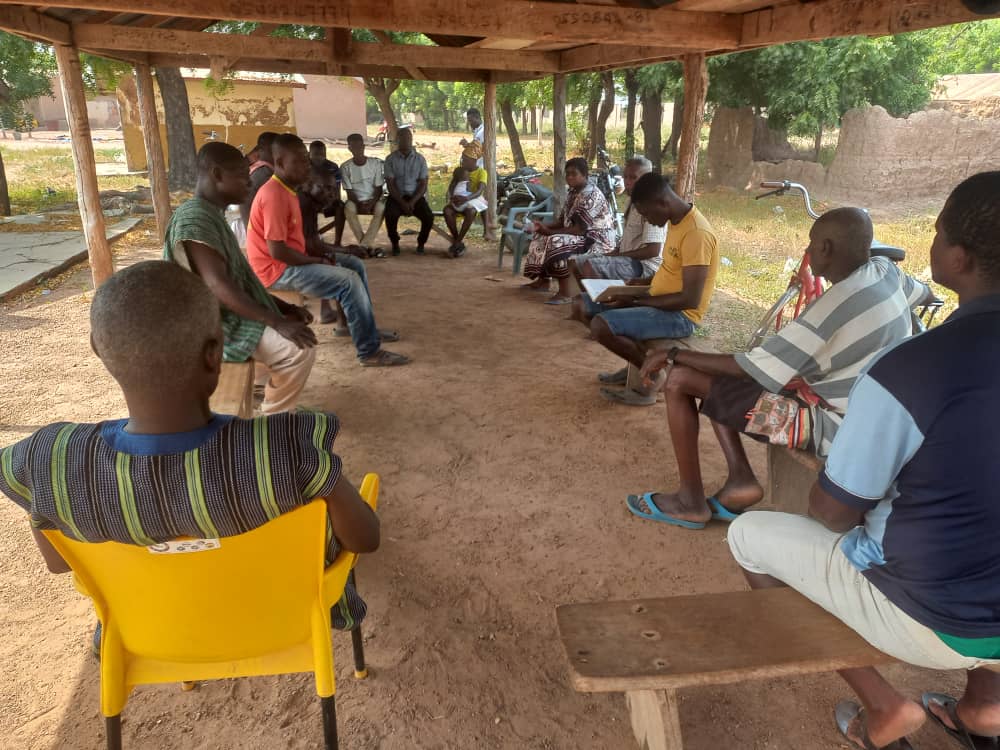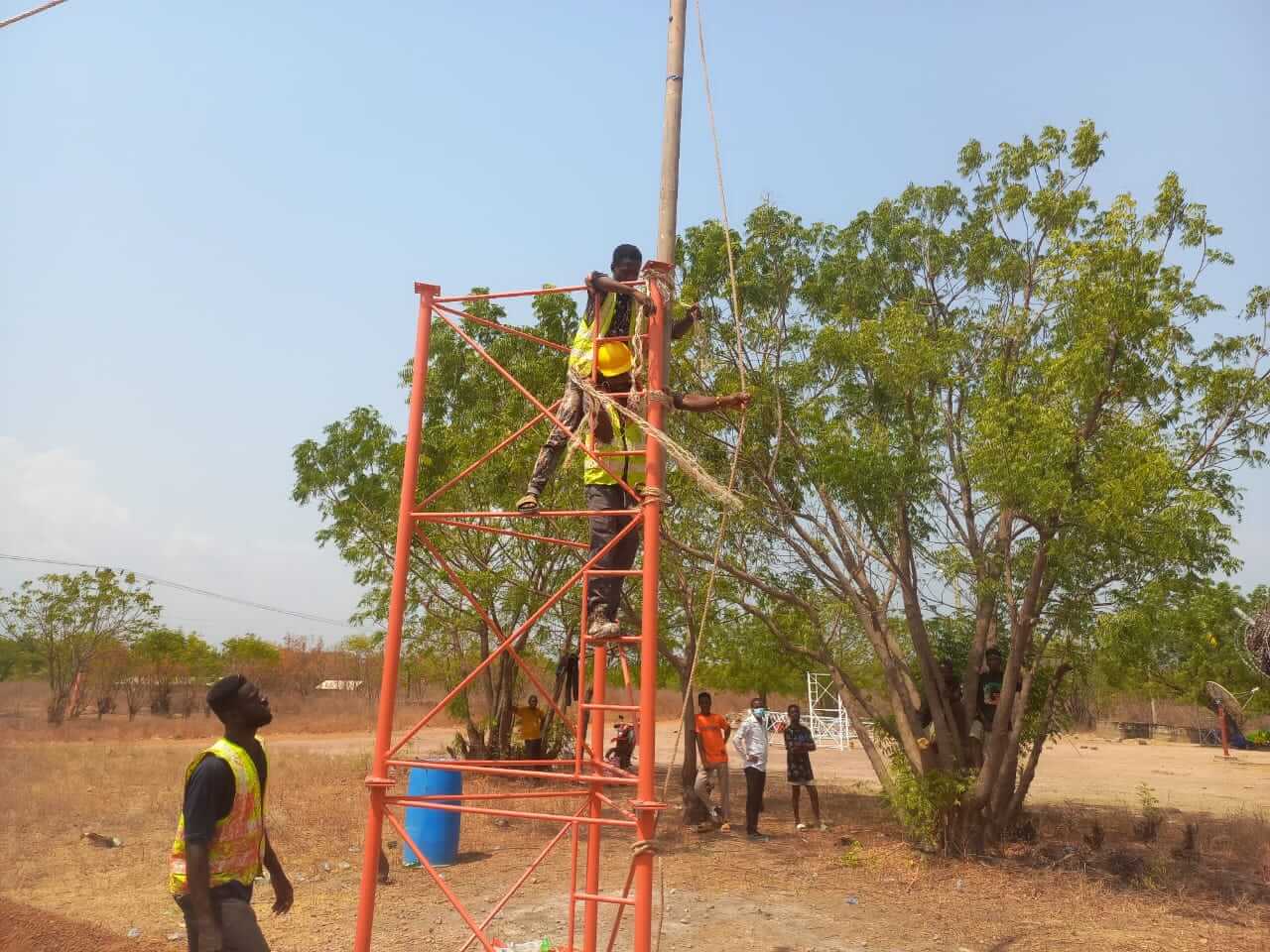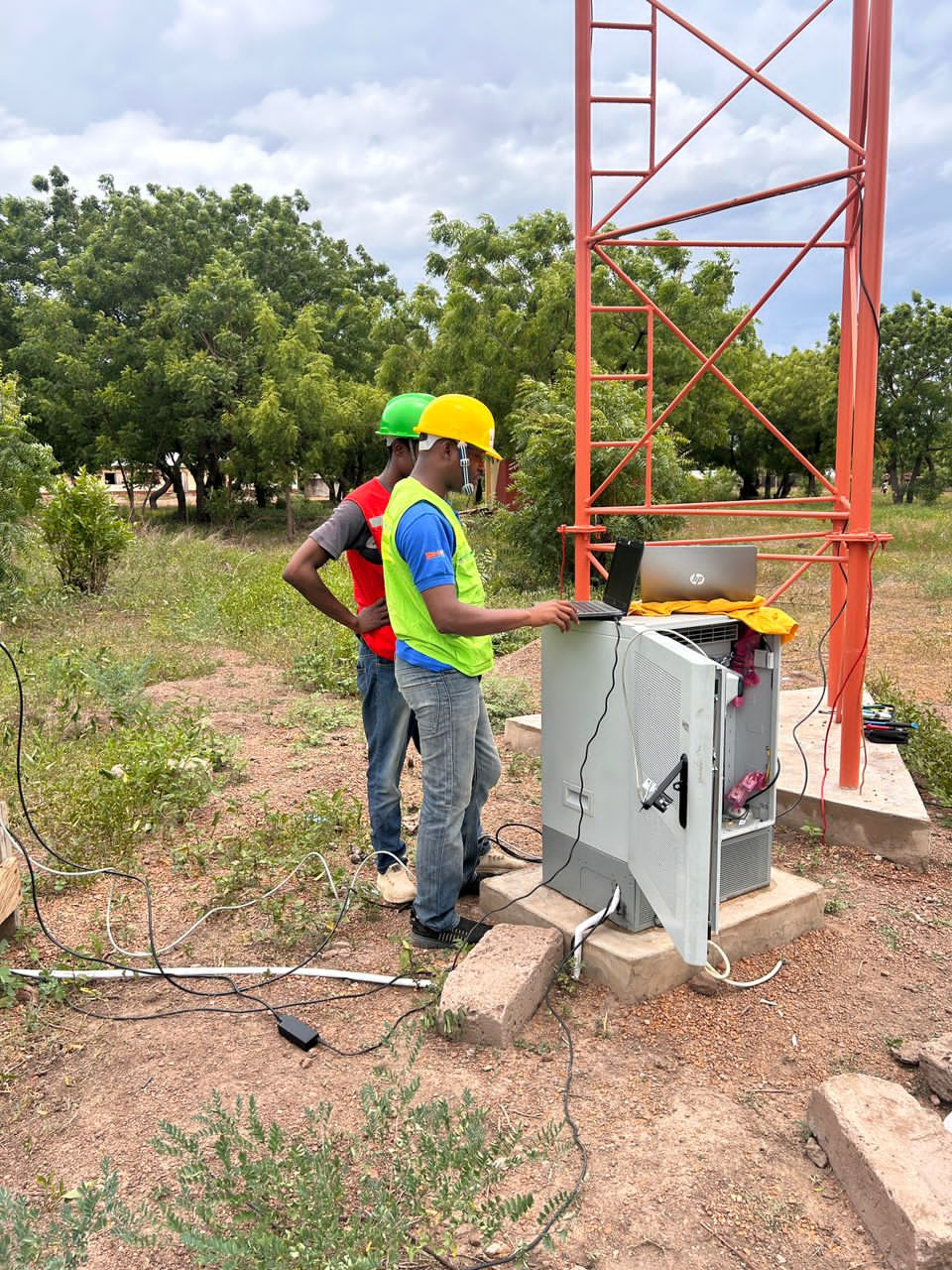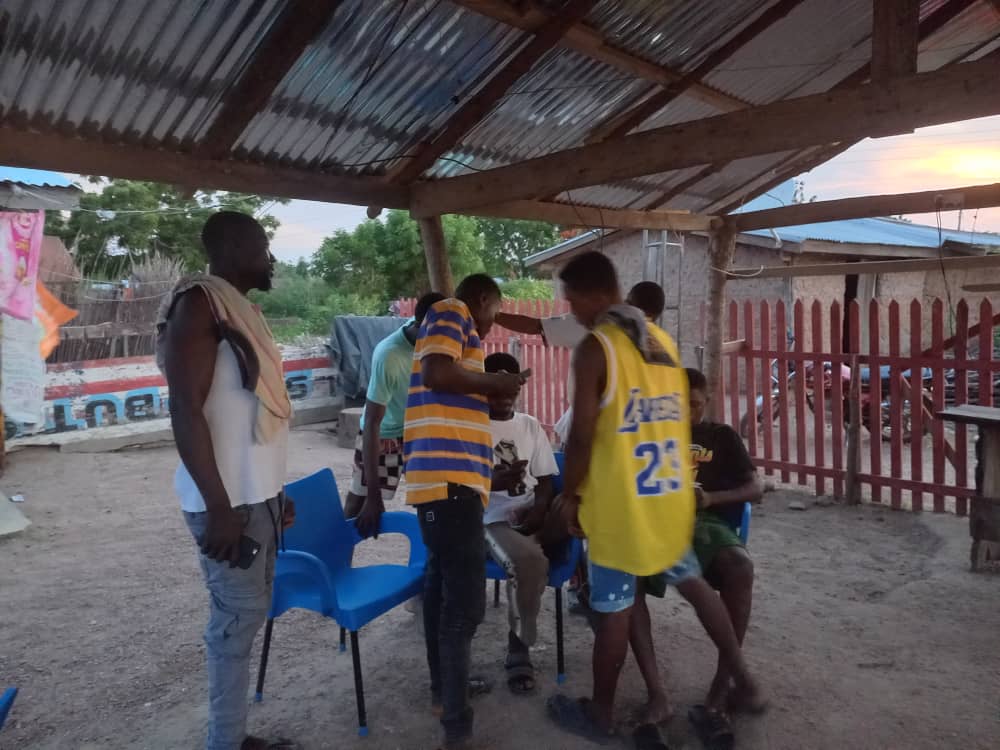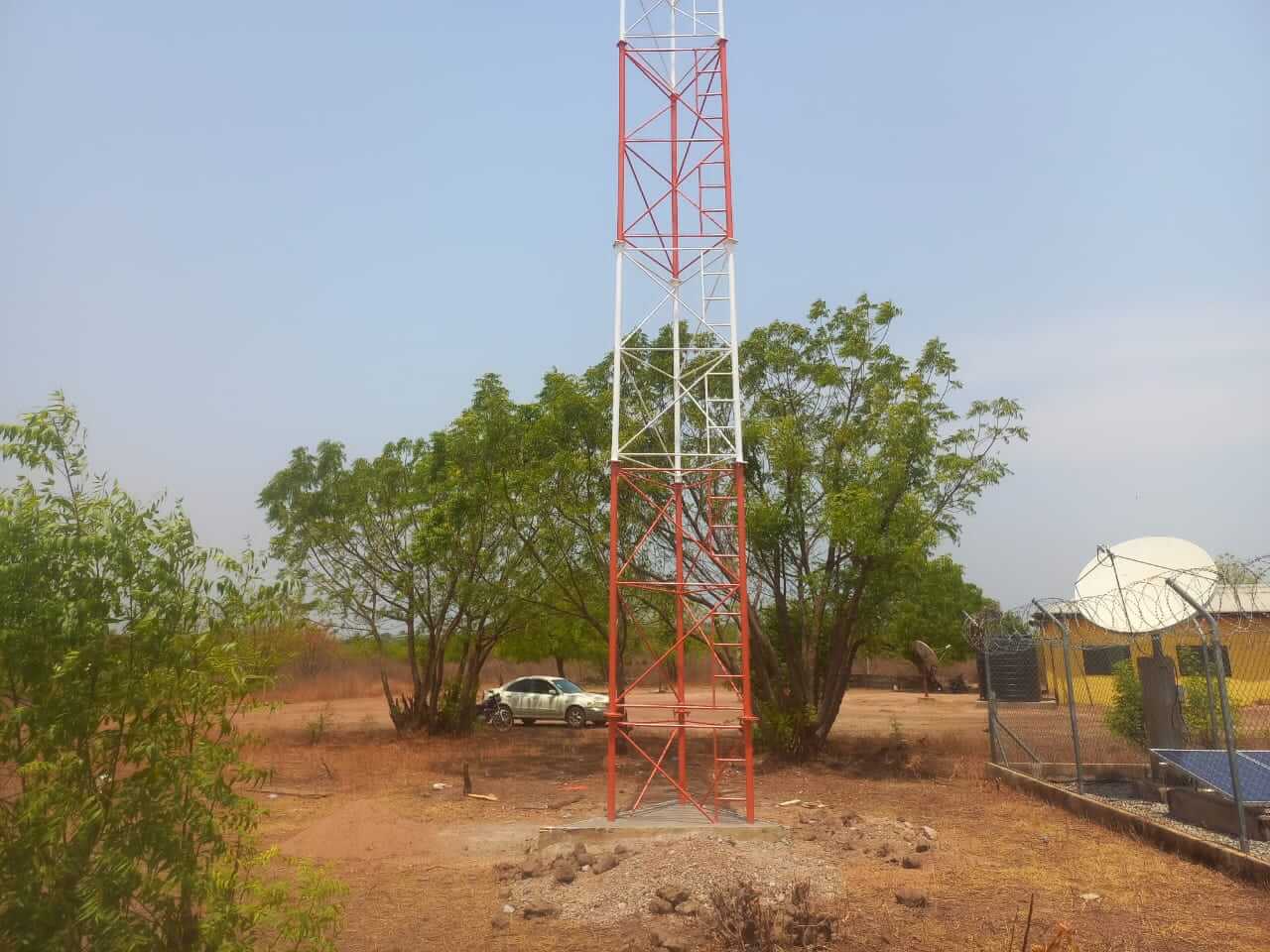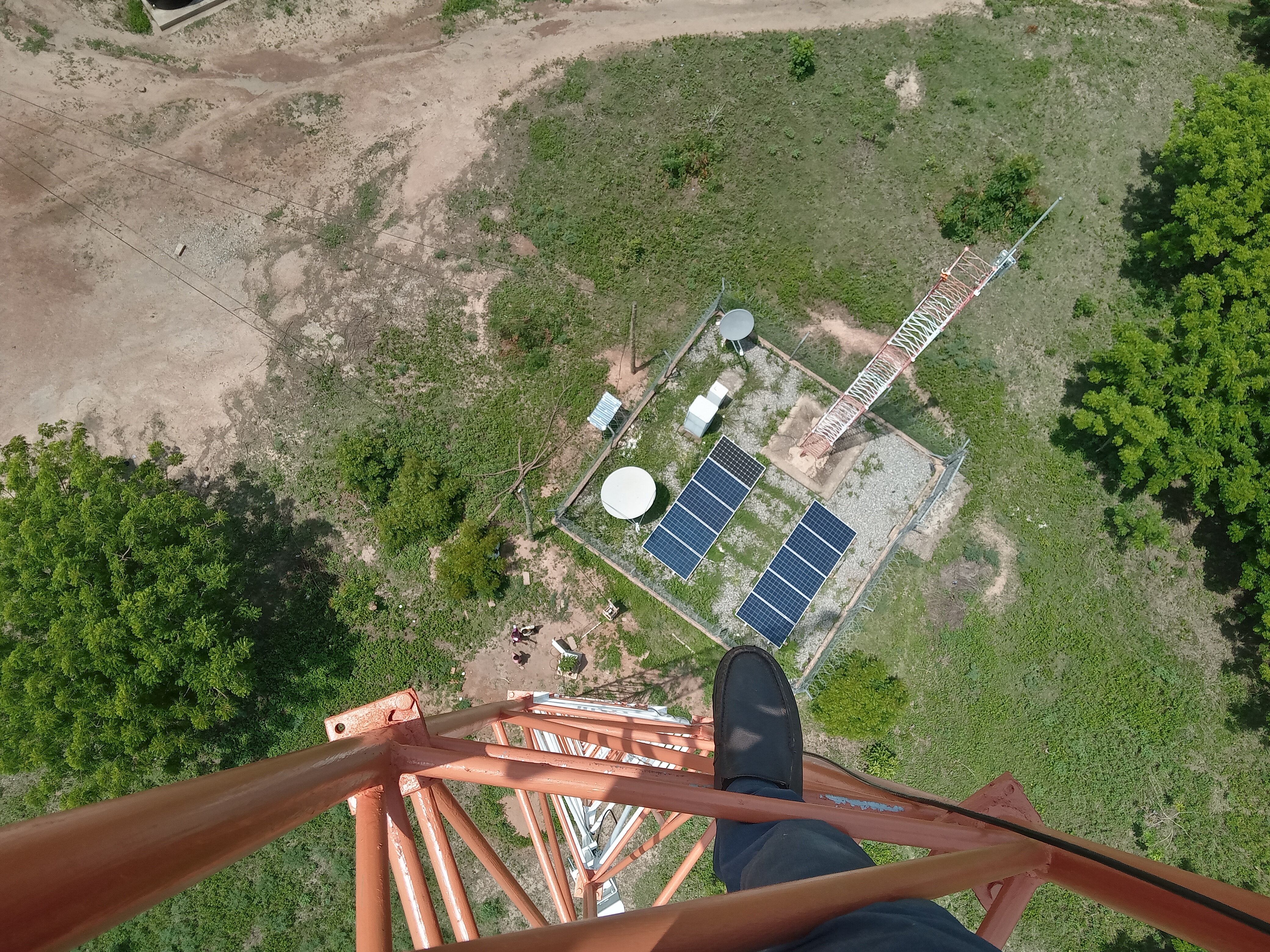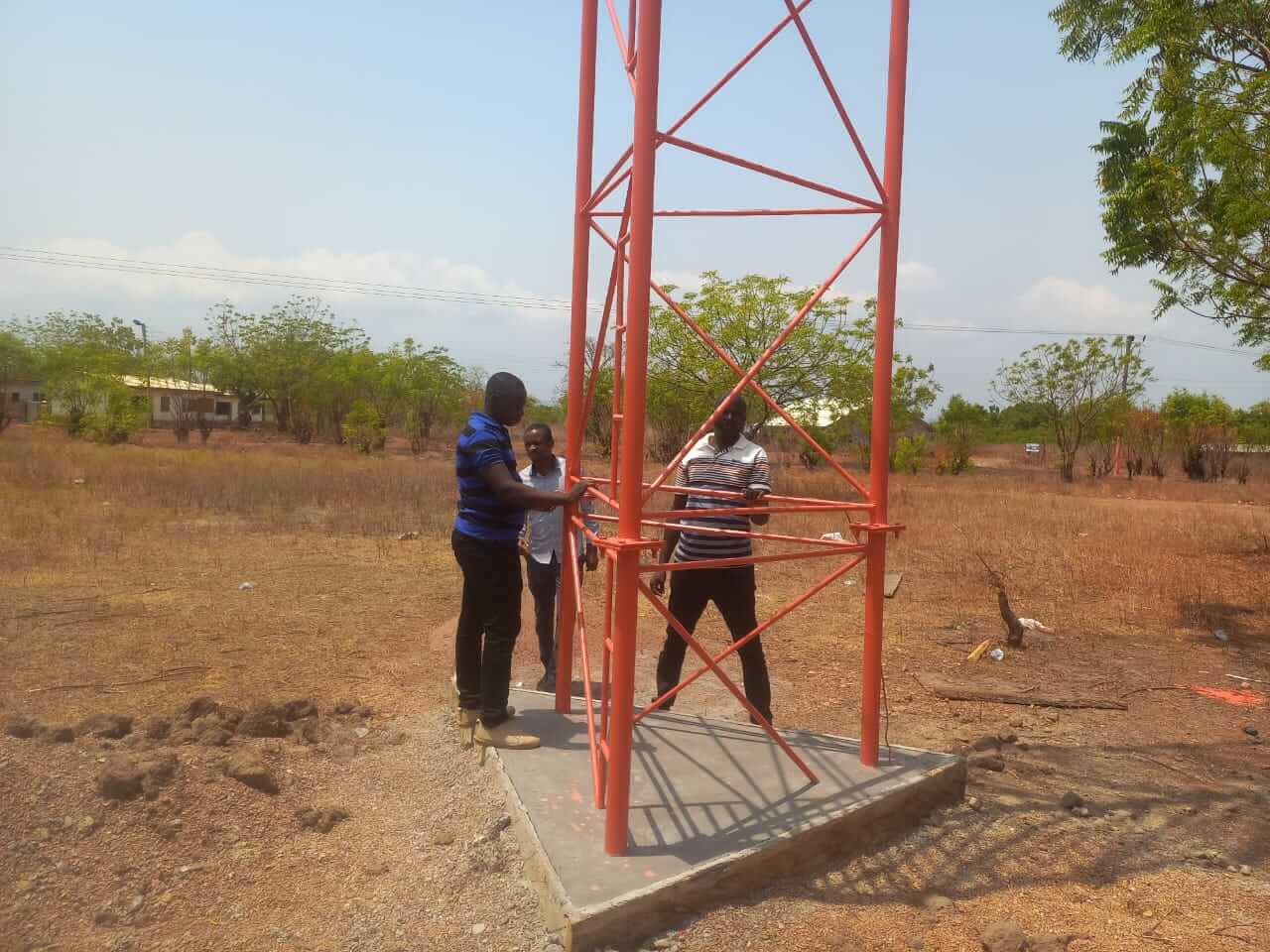Latest Cause
- Home
- Mem-Chemfre(Bruben) Community Network
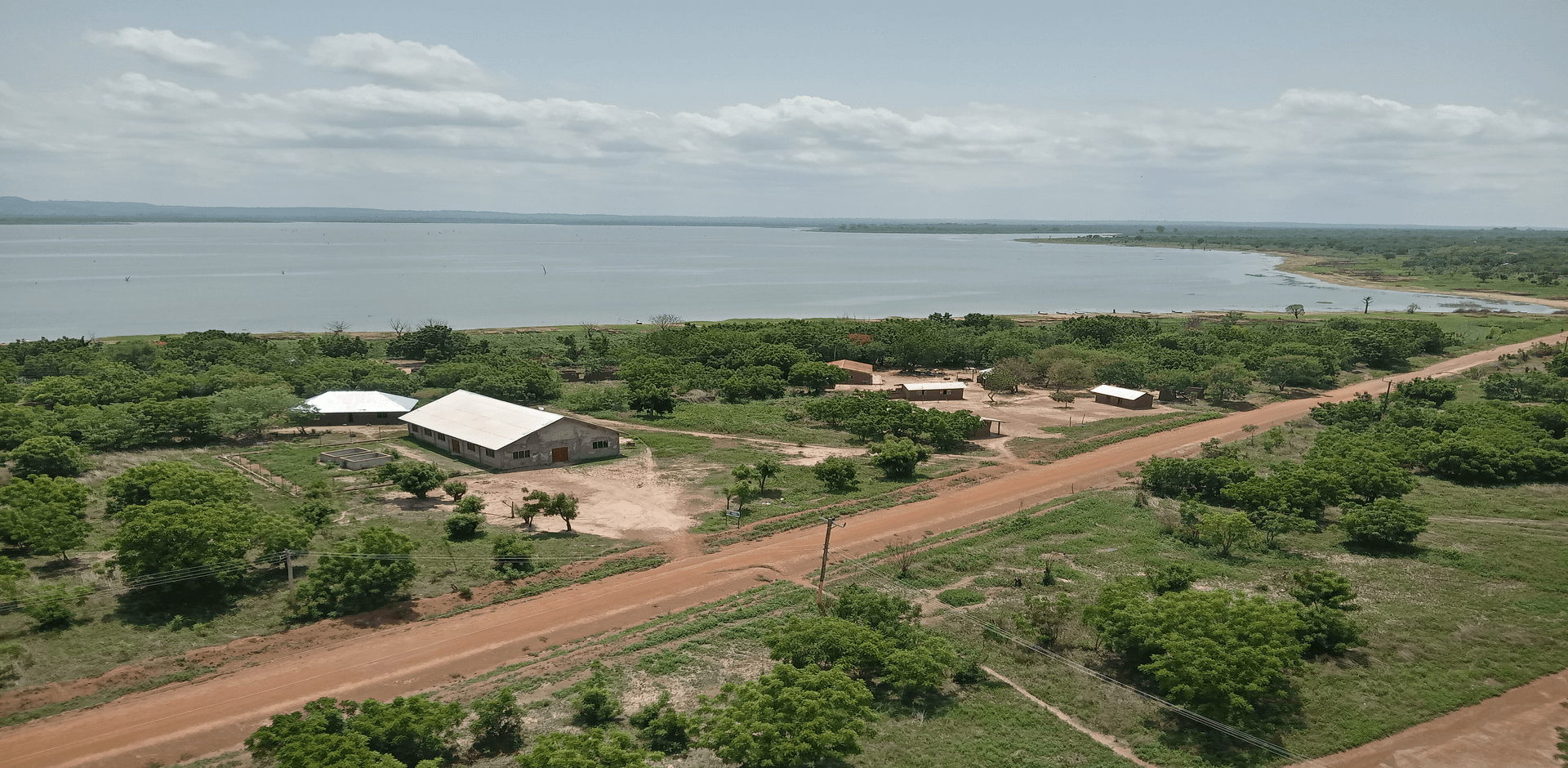
Mem-Chemfre(Bruben) Community Network
Current Network Traffic
Live data from the last 24 hours • Updates every 5 minutes
Project Overview
Bruben Community Network is a groundbreaking initiative extending internet connectivity to Bruben and surrounding remote communities in the Afram Plains of Ghana. This network seeks to bridge the digital divide by deploying inclusive, sustainable, and locally managed technology solutions that meet the real needs of rural communities. Through this initiative, we are not just providing internet access, we are enabling education, entrepreneurship, healthcare access, and civic participation in communities that have historically been left behind.
Project Objectives
The project broadly seeks to extend connectivity to Bruben and its adjoining communities. Specifically, the project will achieve the following:
- Provide Internet Connectivity
- Provide Virtual Learning System
- Provide digital literacy skills.
Expected Outcomes
The project is expected to have long-lasting benefits for the community. The specific outcomes to be achieved are as follows:
- Internet use by public establishments like schools, clinics and households increased.
- Digital Skills improved.
- Local digital economy developed.
- Learning outcomes improved
- Livelihood opportunities increased.
Community Profile
Bruben, a vibrant and resilient rural community in Ghana's Eastern Region, lies at the heart of the Afram Plains Island, a remote enclave surrounded by the vast waters of the Volta Lake. Accessible only by canoe or ferry, Bruben and its 15 neighbouring villages are home to more than 27,400 people, most of whom rely on farming, fishing, and small-scale trading for their livelihoods.
Despite being geographically isolated, the communities are rich in social capital and local ingenuity. They boast active schools, basic health clinics, bustling local markets, and a strong sense of communal identity. However, the absence of reliable internet connectivity continues to hold them back, limiting access to modern education tools, mobile banking, telemedicine, agricultural extension services, and opportunities for youth and women entrepreneurs.
The Bruben Community Network project was created in response to these realities, to ensure that physical remoteness no longer translates into digital exclusion. It seeks to connect not only devices, but also people to knowledge, services, and one another by building a resilient, community-owned network that reflects the aspirations and strengths of Bruben's people.
Why connectivity matters
For Bruben and its neighboring communities, connectivity is more than just access to the internet, it is a lifeline to opportunity, dignity, and development. In this remote island region, physical barriers already limit access to essential services.
Education Gap
Students miss out on online learning tools and resources that could help them compete with their urban peers.
Healthcare Limits
Health workers are unable to consult digitally with district-level hospitals or access e-health platforms.
Agricultural Isolation
Farmers remain uninformed about market trends, mobile payment tools, and government services.
In a context where geographic isolation already imposes constraints, digital exclusion deepens inequalities. That's why the Bruben Community Network is not just a technical solution, it is a catalyst for equity, inclusion, and community-led development.
Community leadership engagement
The Step Network team, led by Victor Asante, met with the leadership of the Bruben community to outline the benefits of the Bruben Community Network. He highlighted how the initiative will enhance educational opportunities, support local businesses to boost economic growth and improve community infrastructure. Additionally, the project will introduce health and wellness programs and foster greater community engagement through various outreach activities. Victor emphasized that these efforts aim to bring sustainable, positive changes, significantly improving the quality of life for all community members.
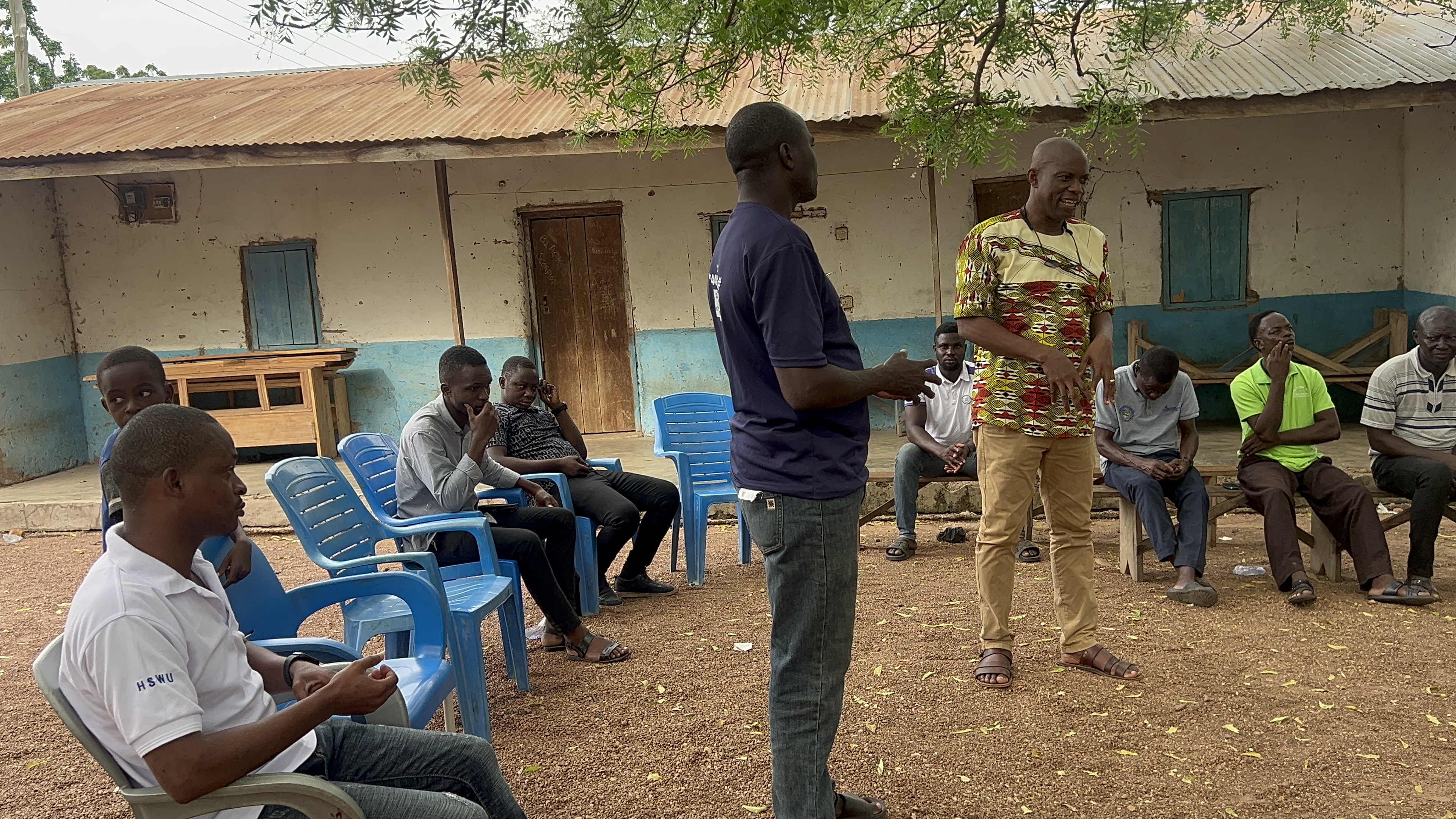
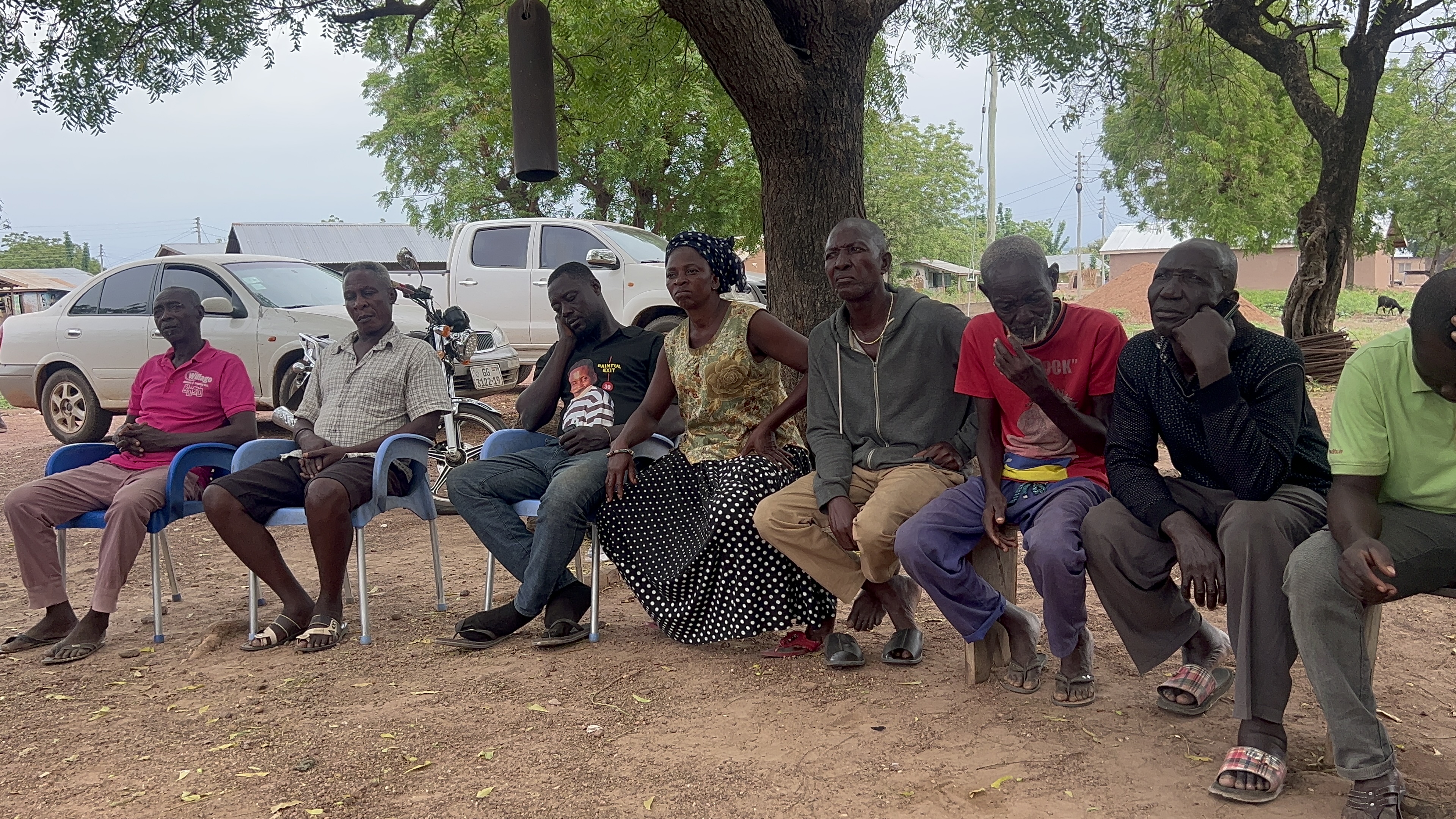
Victor addresses the Bruben Community Leaders
How the network works
We have installed a robust wireless internet system tailored to Bruben's unique geography and needs. Here's a breakdown of the network:
Digital Mapping
- Satellite maps and GPS-based coordinates using Google Earth.
- Network topology designed with Microsoft Visio.
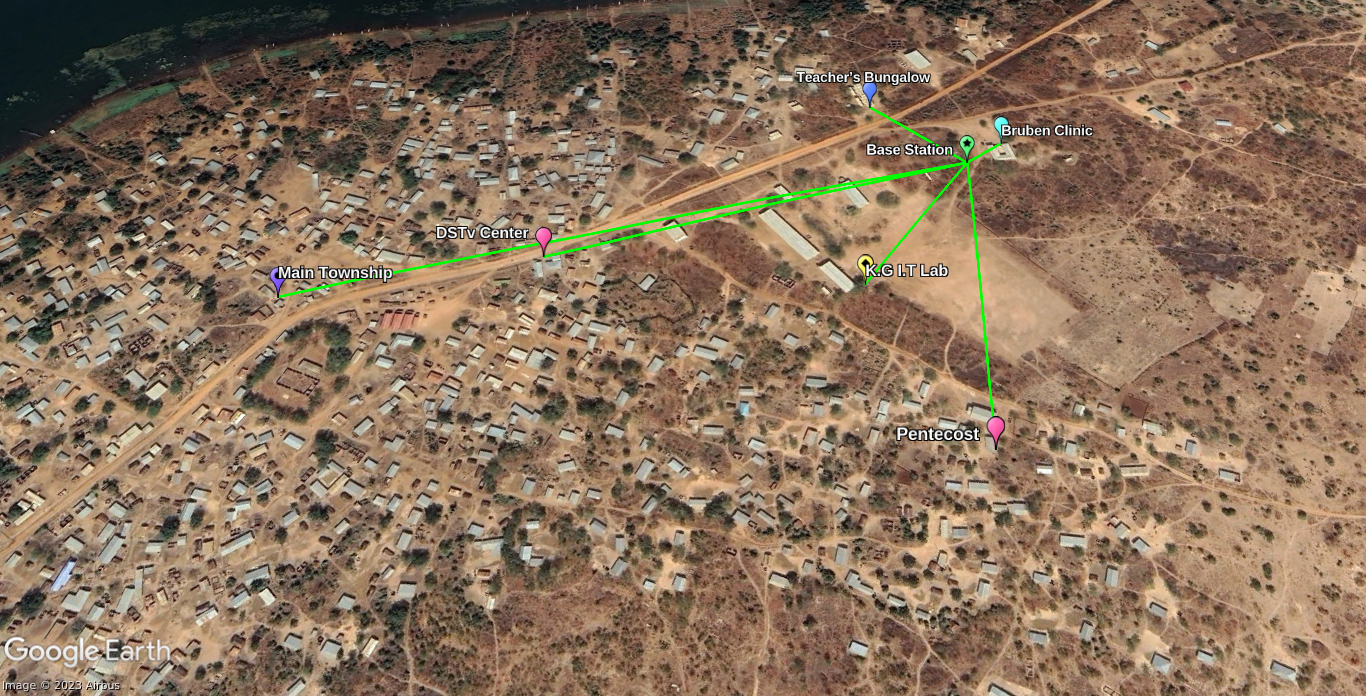
A digital map of the network is designed using Google earth.
Physical Infrastructure
Starlink Gen2 Satellite Dish: Mounted on a 35m tower at Bruben Clinic.
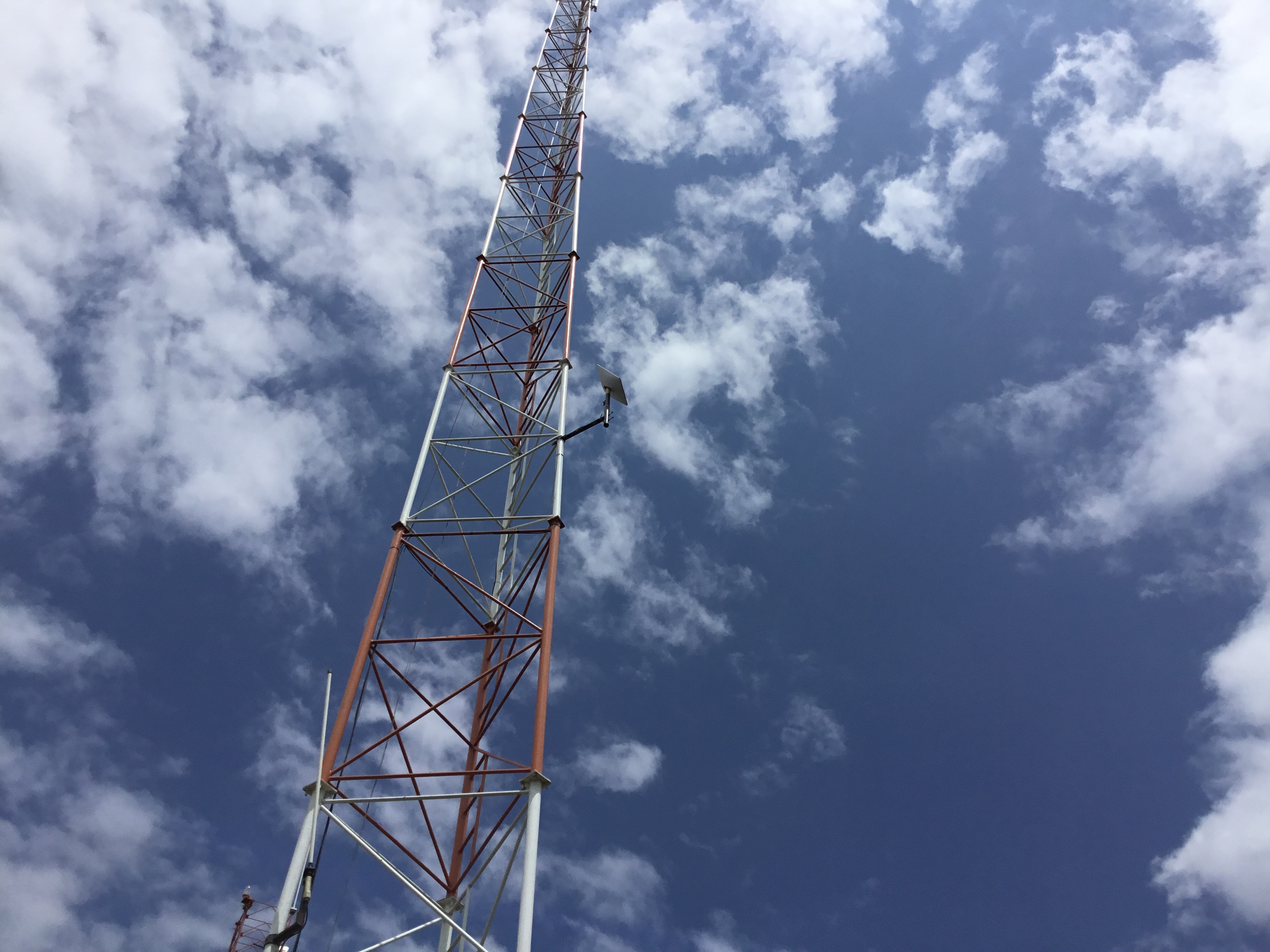
Starlink Gen2 Satellite Dish on mast at Bruben Community Clinic
Firewall & Server: Armortec 1U units managing access and hosting content.

Inside the Outdoor Cabinet
Power Backup: Litewave 3000VA UPS for 2 hours of uninterrupted service.
Wireless Relays: Spread across key points in Bruben (e.g., Main Township, DSTv Center, Pentecost Church) with omnidirectional antennas covering large areas.
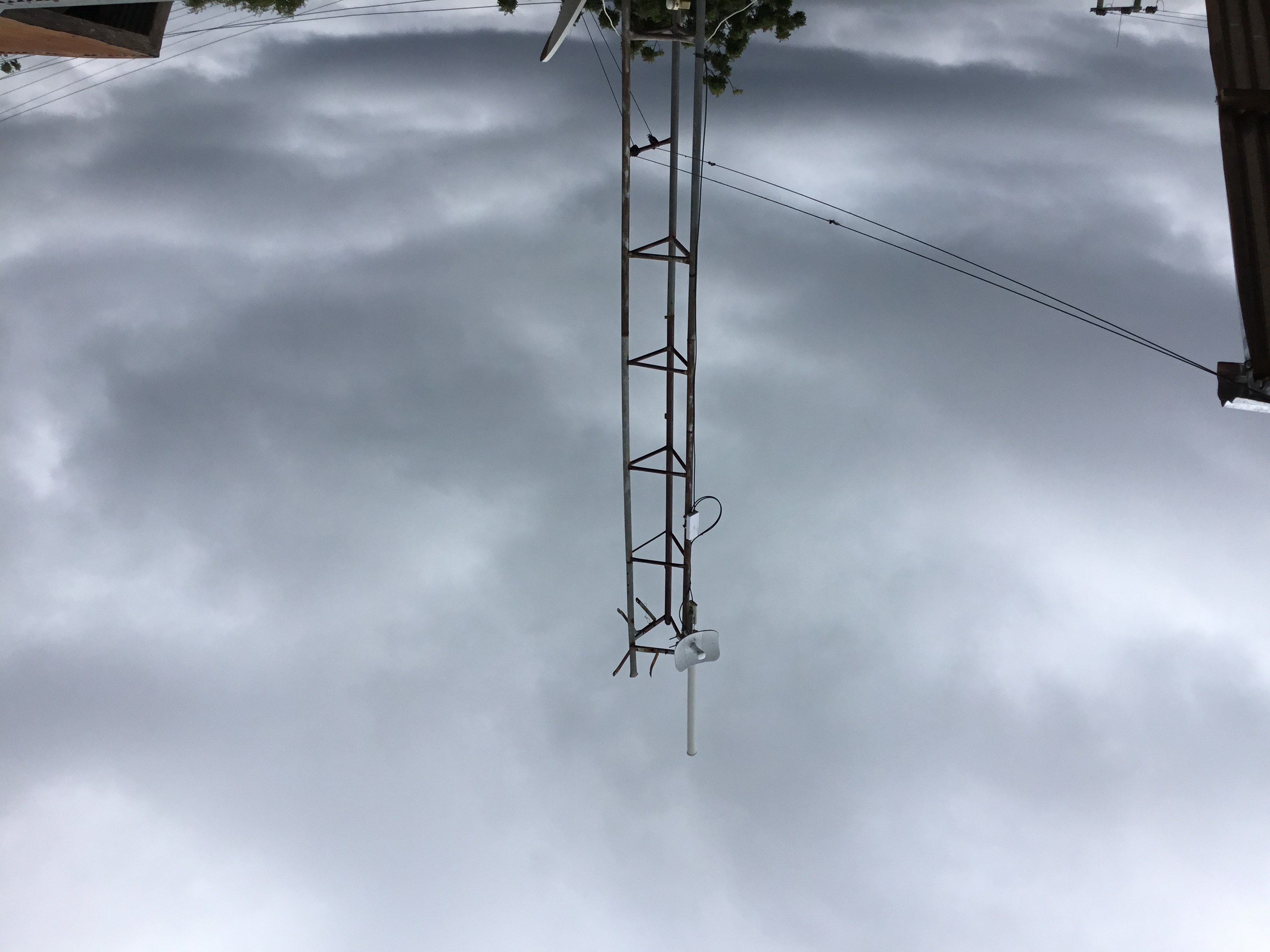
Bruben Township Relay Points
Software Systems

Payment Portal: Affordable prepaid access through a user-friendly voucher system.

Monitoring Tools: Open-source platforms (Nagios, Zabbix, Observium, Uptime- Kuma) track network performance in real time.
Our Impact so far
Since its launch, the Bruben Community Network has made a transformative difference in the lives of residents across Bruben and neighbouring villages. What began as a bold vision to connect the unconnected is now a functioning, community-powered digital lifeline.
Community Reach
- Over 27,000 residents across Bruben and 15 nearby villages now have access to wireless internet
- 1,102 active users on the network
- 95%+ uptime of connectivity
Digital Adoption
- Increased smartphone ownership and digital literacy
- Residents and local businesses use mobile devices for mobile money transfers, WhatsApp communication, online marketing, and job searching
- Community-managed payment app allows residents to access internet services on a flexible, affordable basis
Educational Impact
- Teachers and students accessing online learning resources
- Network uptime consistently exceeds 95%, ensuring dependable connectivity even in this remote island setting
Our partners
The Bruben Community Network is made possible through the generous support and collaboration of visionary partners committed to digital inclusion and community empowerment.

Internet Society Foundation
The Internet Society Foundation is the principal funding partner for this project. As a global nonprofit, the Foundation supports initiatives that expand internet access, promote secure and trustworthy infrastructure, and unlock the internet's potential to improve lives. Their mission is to ensure that the internet remains open, secure, and accessible to everyone. Through their support, the Bruben Community Network is helping to deliver better education, healthcare, and economic opportunity to underserved communities in the Afram Plains.
"We believe the internet is for everyone—and that it can shape a better future for us all." — Internet Society Foundation

48percent.org
48percent.org is a nonprofit organization working to bridge the digital divide by supporting projects that provide equitable and meaningful internet access. Their financial support enabled the successful deployment of connectivity infrastructure in Bruben. Their mission aligns closely with ours: ensuring individuals not only gain access to the internet but also acquire the digital skills and tools needed to improve their lives and contribute to community development.
"Everyone should have the opportunity to benefit from the internet." — 48percent.org

